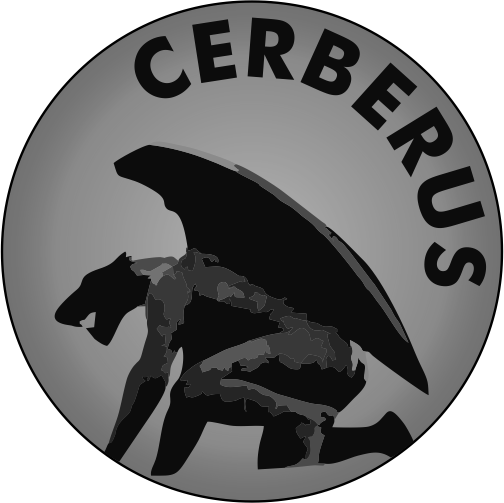Citizen science to monitor odour pollution
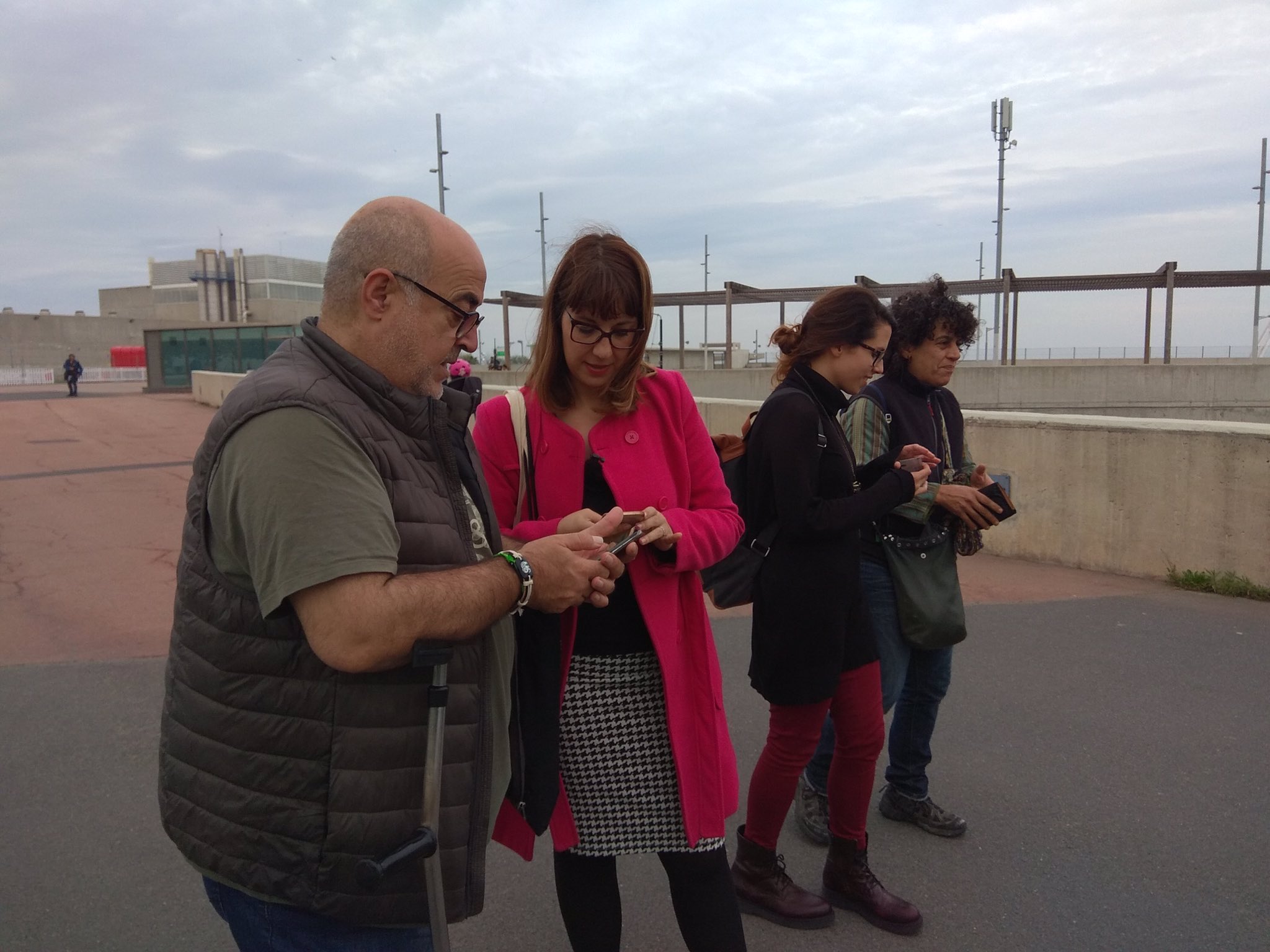
Duration
Minimum 3 months, in accordance with technical standard UNE 77270:2023
Web D-NOSES
Youtube D-NOSES
Final conference presentation D-NOSES Methodology.
DIY guidelines for project replicability in odour conflicted communities
OdourCollect
Did you know that odour pollution is the second most common environmental complaint after noise? At Science for Change, we tackle this challenge with a unique participatory methodology from the citizen’s perspective, based on the success of the D-NOSES project.
Our approach adapts to complex problems by involving the community in creating collaborative odour maps and understanding real annoyance.
During this service, we guide you through all phases: we identify key stakeholders, design the action plan and provide training to participants.
We collect data using the OdourCollect tool, an app that allows real-time monitoring of odours. We then analyse the data together with the community to co-create customized solutions and provide a final technical report.
We adhere to the guidelines established in the technical standard UNE 77270:2023 “Construction of Collaborative Odour Maps through Citizen Science,” of which we have been part of the expert committee for its development.
Related news
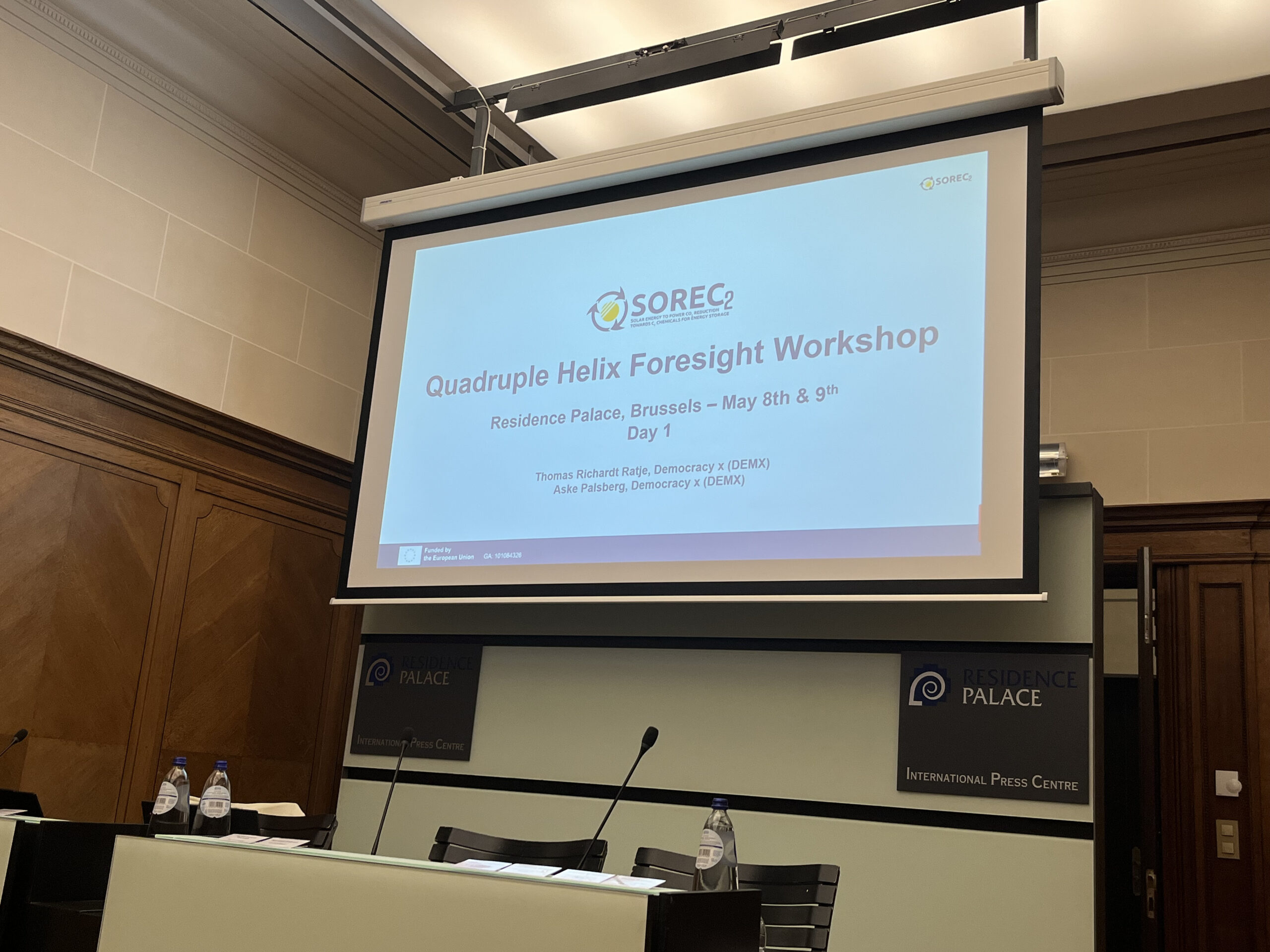
Brussels Workshop Gathers Experts to Shape the Future of Photo-Electrochemical Cells
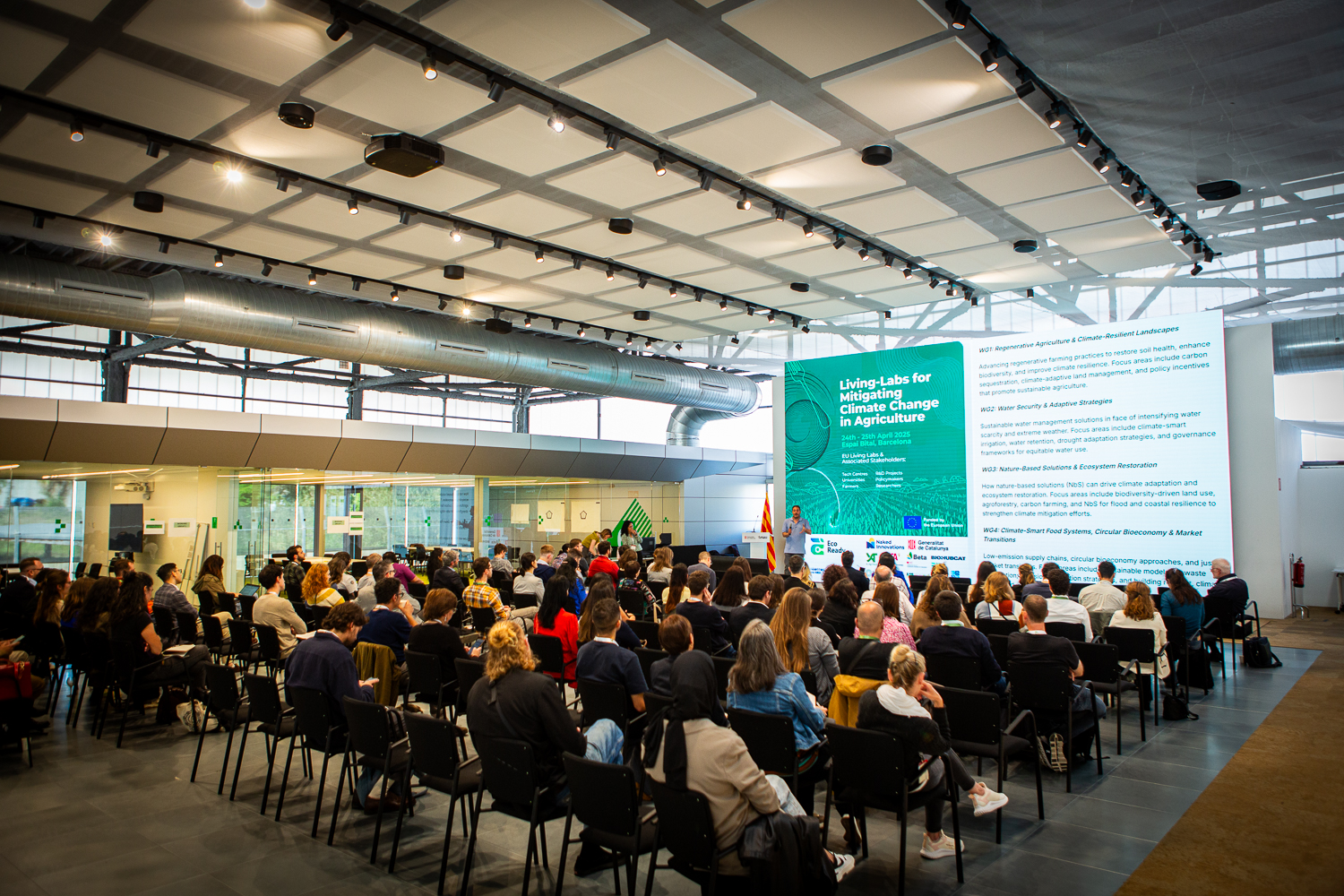
SFC Showcases Citizen Science Solutions for Climate-Resilient Agriculture at EU Living Labs Conference
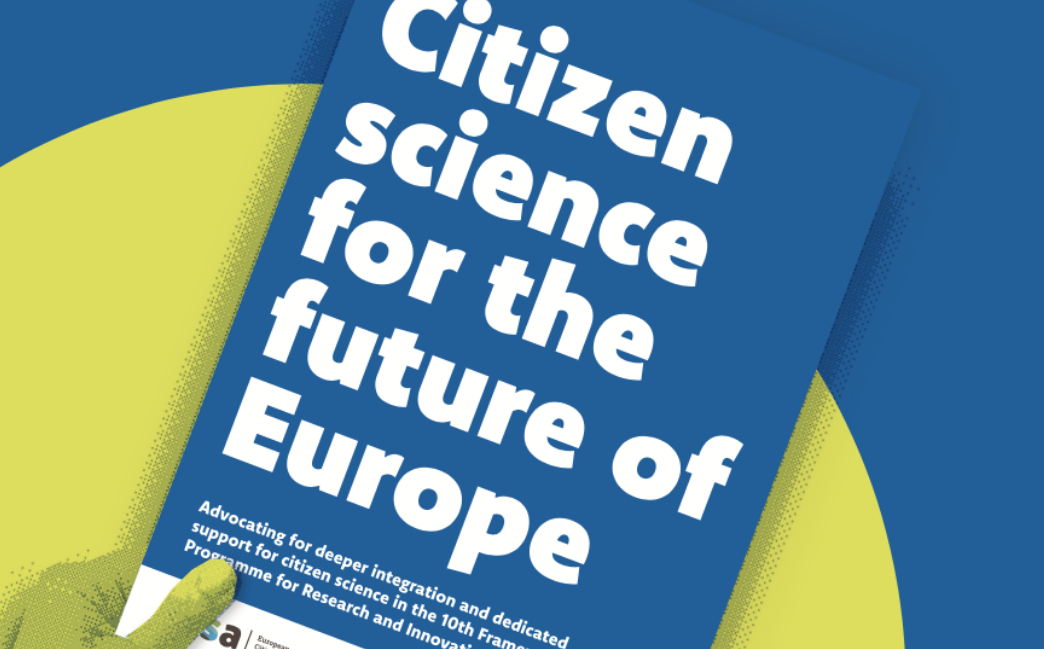
Position Paper Launch: Citizen Science for the Future of Europe – advocating for deeper integration and dedicated support for citizen science in the 10th Framework Programme for Research and Innovation (FP10)
